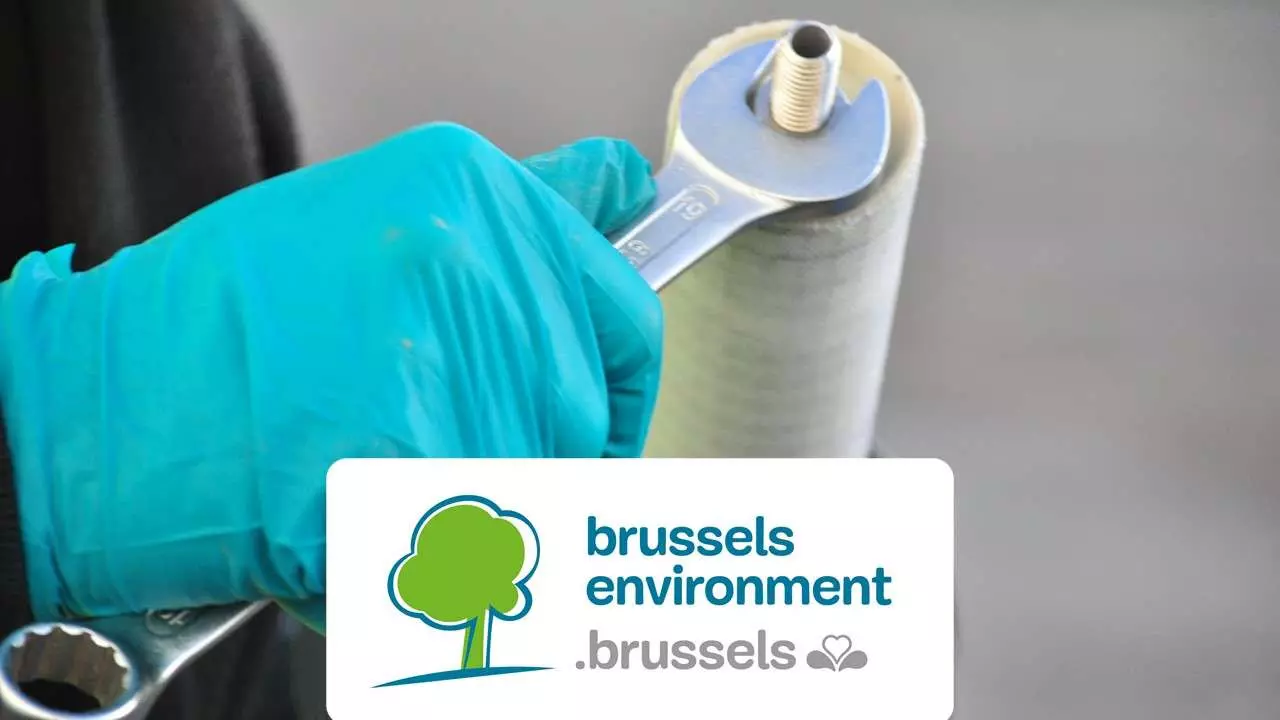Big industries improve groundwater quality by using flux measurements
Posted on Friday 14 May 2021 How industries influence groundwater Industries use water in a lot of their production processes....
2 min read
Ellen Bogaert : Aug 18, 2025 11:39:20 AM

"You can't assess risk without flux"
This powerful statement by expert Marjan Joris perfectly captures why flux measurements have become an essential component of modern soil investigation. With recent changes to the standard procedure for Descriptive Soil Investigation (BBO) in Flanders, flux measurements are finally receiving the recognition they deserve.
Traditional soil investigation has long focused on concentration measurements. But this approach only tells part of the story. The crucial question that remains unanswered is: how much contamination is actually moving and at what rate?
This is precisely where flux measurements make the difference. They measure not only what is there, but also what is happening. They measure the dynamics of contamination moving through groundwater instead of deriving this from potentially inaccurate data.
The recent amendment to the standard BBO procedure, approved by the Flemish Minister of Agriculture and Environment in early May 2025, marks an important turning point. For the first time, explicit attention is drawn to the importance of flux measurements in risk assessment (article 4.2.4 Data for risk assessment) and the investigation of preferential flow paths (4.3.3 Groundwater investigation).
This development acknowledges what soil remediation experts have long known: without insight into flux, you cannot make a reliable risk assessment.
iFLUX technology provides the tools needed to meet these new requirements. We list the added value for the various components of the standard procedure:
When no unambiguous statement can yet be made about the evolution or spread of contamination, iFLUX offers a solution. By measuring the amount of contamination moving over an extended period, we get a much more complete picture than conventional concentration measurements alone.
The advantage? Temporary peak results (high or low) are avoided, and variations during the measurement period are averaged into the result. This provides additional data for decision-making.
iFLUX measurements can help identify when contamination has not originated on-site but is coming from elsewhere through groundwater flow, for example. This information is crucial for determining liability and remediation strategies.
This is where the power of flux measurements comes to the fore most strongly. We literally measure the amount of contamination that is moving, which directly helps evaluate whether this poses a risk to downstream receptors.
This is essential for assessing:
An important advantage of this development is that iFLUX technology can now be involved earlier in the process. Instead of only being engaged during remediation, flux measurements can provide valuable insights already during the BBO.
This means:
The integration of flux measurements into the standard BBO procedure is more than a technical update - it is recognition that modern soil science must go beyond static snapshots. We must understand the dynamics of contamination to make effective decisions.
For soil remediation experts, this represents an opportunity to elevate their work to a higher level. With iFLUX, they can offer their clients better insights, assess risks more accurately, and develop more efficient remediation strategies.
The amendment to the standard BBO procedure and the explicit mention of flux measurements mark an important evolution in Flemish soil policy. It is recognition that "you can't assess risk without flux" is no longer a slogan, but a fundamental principle of modern soil investigation.
For organizations that want to be at the forefront of this development, iFLUX offers the tools and expertise to fully utilize these new possibilities.
Want to know more about how iFLUX can strengthen your projects? Contact us for a no-obligation conversation about the possibilities.

Posted on Friday 14 May 2021 How industries influence groundwater Industries use water in a lot of their production processes....

Posted on Tuesday 9 February 2021 A lot has changed since the start of iFLUX and its more than 80 different projects. We have learned a...

Posted on Tuesday 14 July 2020 In 2018, The Brussels Environment organization commissioned the publication of a number of best practices of...